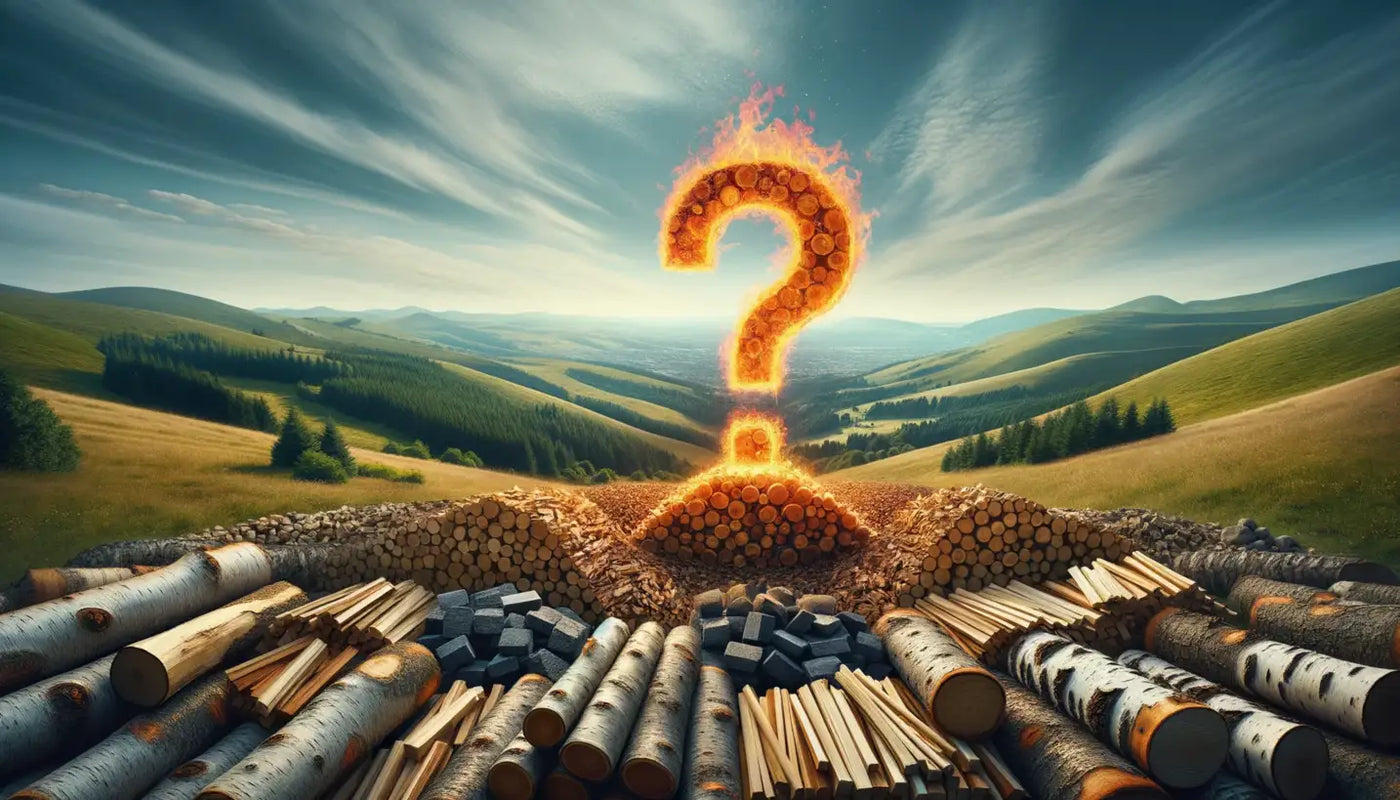Introduction
Festivals and celebrations are the lifeblood of cultural heritage, tying past generations to present ones and fostering unity within communities. From the misty highlands of Scotland to the bustling streets of India, traditional celebrations are revered, bringing a sense of joy, unity, and excitement. Yet, have you ever pondered the role of wood fuels in these colourful and vibrant events? The crackling warmth of a bonfire, the smoky aroma of charcoal grills, or the mesmerising dance of flames from firewood all contribute to the festive atmosphere.
The Cultural Significance of Traditional Celebrations and Festivals
Traditional celebrations and festivals are a testament to the rich tapestry of human culture, colouring our world with their unique traditions, dances, and rites. They serve as a platform for communities to come together, a playground of shared memories, and a stage where cultural heritage is performed and honoured.
From the Winter Solstice celebrations in the UK to the Holi festival of colours in India, the Lantern Festival in China, or the Day of the Dead in Mexico, each celebration carries a profound cultural significance. They are the threads that weave the fabric of our shared human experience, tying us to our ancestors and preserving our unique identities for future generations.
The Historical Use of Wood Fuels in Celebrations and Festivals
The use of wood fuels in celebrations and festivals has historical roots that run deep. The flickering flame, the crackling sound, the cosy warmth, and the distinct smell all create a sensory experience, an invitation to gather and celebrate.
Celtic Samhain celebrations, for instance, centred around bonfires, signifying the end of the harvest season and the beginning of the darker half of the year. In Japan, the traditional Toronagashi festival sees floating lanterns, lit by candles, released into rivers to guide the spirits of the deceased back to the other world.
At the core of many of these traditional celebrations, you'll find the use of wood fuels. Whether it’s the hardwood ash logs used to keep the Midsummer bonfires burning in Scandinavia, or the kiln-dried wood utilised in the Hebrew festival of Lag BaOmer, wood fuels have played a crucial role.
Types of Wood Fuels Used in Traditional Celebrations and Festivals
Firewood
Firewood has been the go-to fuel for countless celebrations globally. Its availability, along with the warmth and inviting glow it provides, makes it an integral part of many celebrations. Whether it's the Swedish fire logs used in St. John’s Eve celebrations or the oak logs traditionally burnt during Yule in the UK, firewood helps set the festive atmosphere.
Charcoal
Charcoal, with its high energy content and long burning time, is another popular choice for celebrations. It's particularly favoured for cooking traditional festival foods. The lumpwood charcoal used during the American Fourth of July barbeques, or the restaurant-grade charcoal utilised for yakitori during Japanese Hanami parties, exemplify the influence of charcoal in festive culinary traditions.
Bonfires
Bonfires, like towering beacons of unity, are a special type of wood fuel used in various celebrations. They often bear cultural and symbolic significance, representing purification, transformation, or enlightenment. The Beltane festival in Scotland, famous for its massive bonfires, is a prime example of this practice.
Rituals and Traditions Associated with Wood Fuels in Celebrations and Festivals
Lighting the Fire
The act of lighting the fire, whether it's a bonfire, a lantern, or a candle, often symbolises the commencement of the celebration. This ritual holds deep cultural and spiritual significance across numerous traditions. In the Zoroastrian festival of Sadeh, for instance, a grand bonfire is lit to celebrate the discovery of fire itself.
Dance and Music around the Fire
Once the fire is lit, it often becomes the centrepiece of the celebration, surrounded by music, dance, and merrymaking. The mesmerising dance of the Maori people around the fire during the Matariki festival in New Zealand is one such tradition. These dances often tell stories and folktales, keeping the culture alive.
Burning Effigies and Structures
In some celebrations, effigies or structures made of wood are burnt, symbolising release or renewal. The burning of the wooden man at the Burning Man festival in the US or the 'Holika Dahan' during Holi in India are renowned examples of this tradition.
Environmental Impacts and Sustainability Considerations
While wood fuels contribute to the warmth and allure of traditional celebrations, we need to consider the environmental implications. The consumption of wood fuels can contribute to deforestation and air pollution, particularly when harvested unsustainably or burnt inefficiently.
However, steps are being taken to promote sustainable wood fuel practices. For instance, at Logs Direct, we offer sustainable wood as a renewable resource, protecting forests and supporting ecosystems.
Furthermore, alternative fuel sources like firelighters and kindling are gaining popularity, offering a lower environmental impact without compromising the festive atmosphere.
Conclusion
In closing, the role of wood fuels in traditional celebrations and festivals is deeply entrenched, adding warmth, light, and an inviting atmosphere to these important cultural events. The crackle of firewood, the smoky aroma of charcoal, and the towering presence of bonfires all contribute to memory-making moments.
While celebrating, it's also essential to consider our environmental footprint and make conscious choices about the wood fuels we use. By opting for sustainable sources, we can ensure that these treasured traditions continue for generations to come, harmonising our cultural heritage with our responsibility towards the planet.

